

Articles
How To Store Shoes In Humid Climate
Modified: April 23, 2024
Learn how to store shoes in a humid climate with these expert articles. Find durable solutions to prevent damage and maintain freshness.
(Many of the links in this article redirect to a specific reviewed product. Your purchase of these products through affiliate links helps to generate commission for Storables.com, at no extra cost. Learn more)
Introduction
Welcome to the ultimate guide on how to store shoes in a humid climate. If you live in an area with high humidity levels, you’re likely familiar with the challenges of keeping your shoes in good condition. Excess moisture in the air can lead to unpleasant odors, mold growth, and damage to your favorite footwear. However, with the right storage techniques, you can protect your shoes and extend their lifespan.
In this article, we’ll delve into the effects of humidity on shoes and provide you with practical tips on how to properly store your footwear in a humid climate. By following these recommendations, you’ll be able to enjoy fresh and well-preserved shoes all year round.
Key Takeaways:
- Combat humidity by storing shoes in a well-ventilated closet, using moisture-absorbent products, and employing air-tight containers with silica gel packs to maintain fresh, odor-free, and well-preserved footwear.
- Rotate shoe usage, apply protective coatings, and regularly clean and dry shoes to prevent moisture buildup, extend their lifespan, and enjoy a wider variety of styles in a humid climate.
Read more: How To Store Salt In Humid Climate
Understanding the Effects of Humidity on Shoes
Before we discuss the best practices for storing shoes in a humid climate, it’s important to understand how humidity can impact your footwear. High humidity levels create a moist environment that can accelerate the growth of bacteria, fungi, and mold. These microorganisms thrive in damp conditions, leading to unpleasant odors and potential damage to your shoes.
In addition to causing odor problems, humidity can also affect the structural integrity of your shoes. Excessive moisture can weaken the adhesives used in shoe construction, leading to sole separation or delamination. Leather shoes can absorb moisture from the air, which can result in the material becoming distorted, discolored, or even cracked.
In a humid climate, it’s not just the moisture in the air that poses a threat to your shoes. Perspiration from your feet can also contribute to the accumulation of moisture inside the shoe, further exacerbating the potential for odor and fungal growth.
Now that we know the risks involved, let’s explore the best techniques for storing shoes in a humid environment. These strategies will help you maintain the condition and freshness of your shoes, no matter how high the humidity levels may be.
Tips for Proper Shoe Storage in a Humid Climate
Living in a humid climate doesn’t mean you have to resign yourself to dealing with smelly and damaged shoes. By implementing the following tips, you can ensure that your footwear remains in excellent condition:
- Choose the Right Shoe Storage Location: Find a cool, dry area in your home to store your shoes. Avoid placing them in basements or areas prone to moisture buildup, such as near windows or sinks. Ideally, store them in a closet with proper ventilation.
- Utilize Moisture-Absorbent Products: Place moisture-absorbent products like cedar shoe trees or activated charcoal sachets inside your shoes. These products help to absorb excess moisture and prevent the growth of bacteria and odor.
- Use Air-Tight Containers: Consider storing your shoes in air-tight containers to create a barrier against humidity. Plastic shoe boxes with tight-fitting lids or sealed vacuum bags can be effective in keeping moisture out.
- Employ Silica Gel Packs: Silica gel packs are great for absorbing moisture and preventing mold growth. Place a few packs inside each shoe storage container or bag to maintain a dry environment.
- Regularly Clean and Dry Shoes: Clean your shoes regularly to remove any dirt, sweat, or moisture that may have accumulated. Allow them to dry completely before storing them to prevent any lingering moisture from causing damage.
- Rotate Shoe Usage: Avoid wearing the same pair of shoes every day. Instead, rotate your shoe usage to allow each pair to fully dry out between wears. This helps to minimize the chances of moisture buildup.
- Apply Protective Coatings: Consider applying protective sprays or coatings specifically designed for your shoe material. These coatings create a barrier that can repel moisture and prevent damage caused by humidity.
By implementing these tips, you can effectively combat the challenges of storing shoes in a humid climate. Not only will you keep your shoes smelling fresh and free from mold, but you’ll also extend their lifespan and ensure they remain in top-notch condition for years to come.
Choosing the Right Shoe Storage Location
When it comes to storing shoes in a humid climate, the first step is to select the right storage location. The goal is to find a cool and dry area in your home that will minimize exposure to moisture. Here are a few factors to consider when choosing the ideal storage spot:
- Avoid Basements and Moisture-Prone Areas: Basements are notorious for having high humidity levels, making them unsuitable for shoe storage. Additionally, avoid areas near windows, sinks, or laundry rooms, as these locations are more prone to moisture buildup. Instead, seek out a space that is relatively dry and well-ventilated.
- Opt for a Closet: If possible, store your shoes in a closet that offers proper ventilation. Closets tend to have less exposure to external moisture compared to other areas of the house. Make sure the closet receives some airflow and is not cramped with other items that could create a stuffy environment.
- Elevate Shoes Off the Floor: Avoid keeping your shoes directly on the floor, as it can be more susceptible to moisture and humidity. Instead, use shelves, shoe racks, or shoe organizers to elevate your shoes off the ground. This will help prevent direct contact with any potential moisture on the floor.
- Consider Climate-Controlled Storage: If you have valuable or delicate shoes that require extra protection, you might consider investing in a climate-controlled storage unit. These units are equipped with temperature and humidity controls, ensuring that your shoes are kept in an optimal environment.
By selecting the right storage location, you can significantly reduce the chances of your shoes being exposed to excess moisture. Remember to regularly inspect the storage area to ensure that it remains dry and well-ventilated, especially during periods of high humidity.
Utilizing Moisture-Absorbent Products
In a humid climate, it’s essential to utilize moisture-absorbent products to counteract the effects of excess humidity on your shoes. These products help to absorb moisture and prevent the growth of bacteria and odor. Here are some effective options to consider:
- Cedar Shoe Trees: Cedar shoe trees are not only beneficial for maintaining the shape of your shoes but also for absorbing moisture. They help to absorb excess moisture in the air, keeping your shoes dry and fresh. Additionally, the natural cedar scent acts as a natural deodorizer.
- Activated Charcoal Sachets: Activated charcoal is highly effective at absorbing moisture and eliminating odors. Place small sachets filled with activated charcoal inside your shoes to keep them dry and free from unpleasant smells.
- Silica Gel Packs: Silica gel packs are commonly found in packaging and are great for absorbing moisture. They work by adsorbing excess moisture in the air and preventing mold and mildew growth. Place a few packs inside each shoe storage container or bag, and remember to replace them periodically.
- Baking Soda: Baking soda is a household item known for its moisture-absorbing and deodorizing properties. Sprinkle a small amount of baking soda inside your shoes and let it sit overnight to absorb excess moisture and eliminate odors. Remember to shake out the baking soda before wearing the shoes.
When using moisture-absorbent products, make sure to follow the instructions provided and replace or refresh them as needed. Regularly monitoring the condition of your shoes and the effectiveness of these products will help ensure a dry and odor-free environment for your footwear.
Read more: How To Store Spices In Humid Climates
Using Air-Tight Containers
In a humid climate, one effective way to protect your shoes from excess moisture is by storing them in air-tight containers. Air-tight containers create a barrier between the shoes and the surrounding environment, preventing humidity from seeping in. Here are some tips on using air-tight containers for shoe storage:
- Choose the Right Container: Opt for plastic shoe boxes or storage bins with tight-fitting lids. These containers are typically transparent, allowing you to easily see and access your shoes while keeping them protected.
- Ensure Clean and Dry Shoes: Before storing your shoes in air-tight containers, make sure they are clean and completely dry. Any residual moisture or dirt can lead to mold or odor growth inside the container.
- Place Desiccant Packs: Include desiccant packs or silica gel packs inside the containers to absorb any moisture that may be trapped inside. These packs help to maintain a dry environment, preventing mold and mildew growth.
- Stack with Care: When stacking air-tight containers, be mindful of the weight and avoid placing heavy items on top of the shoe containers. This ensures that the containers remain sealed and intact, providing maximum protection against humidity.
- Regularly Check for Damage: Periodically inspect the air-tight containers for any signs of damage, such as cracks or gaps in the lids. Damaged containers may compromise the protection they provide, allowing moisture to enter and damage the shoes.
Remember to label or organize the air-tight containers to make it easier to locate specific pairs of shoes. This method of storing shoes not only keeps them shielded from humidity but also helps to save space and maintain a clutter-free environment.
Store shoes in a well-ventilated area to prevent moisture buildup. Use silica gel packs or dehumidifiers to absorb excess moisture and prevent mold and mildew.
Employing Silica Gel Packs
In the battle against humidity, silica gel packs are a powerful weapon. These small packets contain silica gel, a highly effective desiccant that absorbs moisture from the surrounding environment. Here’s how you can employ silica gel packs to protect your shoes in a humid climate:
- Insert Silica Gel Packs: Place a few silica gel packs inside each shoe storage container or bag. The number of packs needed will depend on the size of the container and the level of humidity in your area.
- Replace Regularly: Silica gel packs have a limited capacity for moisture absorption. It’s important to replace them regularly, following the manufacturer’s recommendations. Typically, when the color indicator on the packs turns from blue to pink, it’s time for replacement.
- Store with Shoes: To maximize the effectiveness of silica gel packs, keep them together with your shoes inside an air-tight container or bag. This will ensure that the packs are in close proximity to absorb any moisture that may be present.
- Protect Shoe Material: While silica gel packs are excellent at absorbing moisture, they can also extract moisture from leather or other sensitive shoe materials, potentially causing them to become brittle over time. To prevent this, place the silica gel packs in a small fabric pouch or wrap them in tissue paper before placing them near your shoes.
- Consider Reusable Options: If you prefer a more eco-friendly option, you can invest in reusable silica gel packs. These packs can be rejuvenated by heating them in the oven to remove the absorbed moisture, allowing you to reuse them multiple times.
By employing silica gel packs in your shoe storage routine, you can actively combat moisture, reduce the chances of mold growth, and keep your shoes dry and fresh in even the most humid climates.
Regularly Cleaning and Drying Shoes
In a humid climate, it’s crucial to regularly clean and dry your shoes to prevent moisture buildup and the growth of bacteria and odor. Here are some essential steps to keep your shoes clean and dry:
- Remove Surface Dirt: After each use, take the time to remove any surface dirt or debris from your shoes. Use a soft brush or a damp cloth to gently wipe away dirt and dust, paying attention to the seams and crevices.
- Allow Shoes to Air Dry: If your shoes become wet or damp, resist the temptation to speed up the drying process with a heat source, such as a hairdryer or radiator. Instead, remove any removable insoles or inserts and allow the shoes to air dry naturally in a well-ventilated area away from direct heat or sunlight. Placing crumpled paper towels or an absorbent cloth inside the shoes can help absorb excess moisture.
- Treat and Remove Odors: If your shoes develop an unpleasant odor, there are several methods you can try to eliminate it. One option is to sprinkle baking soda inside your shoes and let it sit overnight to absorb odors. You can also consider using commercial shoe deodorizing sprays or odor-absorbing insoles.
- Clean and Treat Leather Shoes: If you have leather shoes, it’s essential to clean and condition them regularly to prevent drying and cracking. Use a specialized leather cleaner and conditioner to remove dirt and replenish moisture, following the instructions on the product. Additionally, avoid exposing leather shoes to excessive moisture, as it can cause discoloration and damage.
- Inspect and Address Mold or Mildew: Regularly inspect your shoes for any signs of mold or mildew growth. If you spot any, it’s crucial to take immediate action. Gently brush off any visible mold or mildew, and then treat the affected area with a mixture of water and white vinegar or hydrogen peroxide. Afterward, allow the shoes to dry thoroughly before storing them.
By incorporating regular cleaning and drying into your shoe care routine, you can maintain a hygienic and moisture-free environment for your shoes. This proactive approach will help extend the lifespan of your footwear and keep them in optimal condition, even in a humid climate.
Rotating Shoe Usage
Rotating your shoe usage is not only a practical style choice but also a smart strategy to combat the effects of humidity on your shoes. By alternating between different pairs of shoes, you allow each pair to fully dry out between wears. Here’s why rotating your shoe usage is essential:
- Prevents Moisture Buildup: When you wear the same shoes day after day in a humid climate, it becomes difficult for them to fully dry out. By giving each pair a break and allowing them to air out, you effectively reduce the chances of moisture buildup, which can lead to odor and fungal growth.
- Extends Lifespan: Constant exposure to moisture can weaken the materials of your shoes over time. Rotating your shoes allows them to dry and recover between wears, minimizing the risk of damage and extending their overall lifespan.
- Offers Style Variety: Rotating shoes not only benefits their condition but also gives you the opportunity to showcase different styles. You can choose shoes based on the occasion or match them with your outfit, while still ensuring proper care and maintenance.
- Allows Time for Cleaning and Drying: When you rotate your shoes, you create an ideal window of time to clean and dry the pair that is not in use. This gives you the opportunity to inspect them for any signs of damage or wear and address any cleaning or maintenance needs they may have.
- Gives Shoes Time to Rest: Like any other belongings, shoes also need some downtime. Giving them a rest between uses helps them retain their shape and reduces the impact of wear and tear. This practice can contribute to the overall longevity of your shoes.
By adopting a rotation system, you can prevent excessive moisture buildup, maintain your shoes’ quality, and enjoy a wider variety of styles without compromising their condition. It’s a simple yet effective strategy to ensure the longevity and freshness of your footwear in a humid climate.
Read more: How To Store Knee High Boots
Applying Protective Coatings
Applying protective coatings to your shoes is another effective measure to safeguard them from the damaging effects of humidity in a humid climate. These coatings create a barrier that can repel moisture and prevent damage caused by humidity. Here’s how you can apply protective coatings to your shoes:
- Choose the Right Product: Different shoe materials require different protective coatings. For example, waterproof sprays are suitable for leather and fabric shoes, while suede protectors are designed for suede and nubuck. Ensure that you select a product that is compatible with your shoe material.
- Clean the Shoes: Before applying any protective coating, clean your shoes thoroughly to remove dirt and debris. Use a soft brush or a damp cloth to gently clean the surface. Ensure that your shoes are completely dry before proceeding with the coating.
- Follow the Instructions: Read and follow the instructions provided by the manufacturer of the protective coating product. Shake the can or bottle well before use and apply an even layer of the coating, holding the can about 6-8 inches away from the shoe surface. Pay extra attention to seams and areas prone to moisture exposure.
- Allow Sufficient Drying Time: After applying the protective coating, allow your shoes to dry thoroughly. Follow the recommended drying time specified on the product label. Avoid wearing the shoes until they are completely dry.
- Reapply as Needed: Keep in mind that protective coatings may wear off over time and with usage. Regularly check the condition of the coating on your shoes and reapply as needed or as recommended by the product manufacturer.
Applying protective coatings to your shoes acts as an additional line of defense against humidity and moisture damage. It helps to preserve the quality of your footwear, prevent stains and discoloration, and prolong the lifespan of your shoes.
Remember, while protective coatings provide an extra layer of defense, they are not foolproof. It’s still important to adopt other preventive measures, such as proper storage and cleaning routines, to keep your shoes in top condition in a humid climate.
Conclusion
Storing shoes in a humid climate can be a challenge, but with the right techniques, you can protect your footwear and ensure its longevity. High humidity levels can lead to unpleasant odors, mold growth, and damage to your shoes, but by following the tips outlined in this guide, you can create a suitable environment for your shoes in a humid climate.
Choosing the right shoe storage location is crucial. Avoid basements or moisture-prone areas and opt for a well-ventilated closet. Utilizing moisture-absorbent products such as cedar shoe trees or activated charcoal sachets can help absorb excess moisture and prevent bacterial growth.
Using air-tight containers creates a barrier against humidity, and incorporating silica gel packs helps to absorb moisture and inhibit mold. Regularly cleaning and drying your shoes is essential to prevent odor and fungal growth, and rotating your shoe usage allows each pair to fully dry out and prevents excessive moisture buildup.
Applying protective coatings to your shoes adds an extra layer of defense against humidity and moisture damage. It helps repel moisture and extends the lifespan of your footwear. By taking these steps, you can maintain fresh, odor-free, and well-preserved shoes in a humid climate.
Remember to regularly inspect your shoes, clean them as needed, and replace any worn-out or damaged products. With proper care and attention, you can ensure that your shoes remain in excellent condition, no matter how high the humidity may be.
So, don’t let a humid climate deter you. Follow these tips and enjoy wearing your shoes confidently, knowing that they are protected and well-maintained!
Frequently Asked Questions about How To Store Shoes In Humid Climate
Was this page helpful?
At Storables.com, we guarantee accurate and reliable information. Our content, validated by Expert Board Contributors, is crafted following stringent Editorial Policies. We're committed to providing you with well-researched, expert-backed insights for all your informational needs.
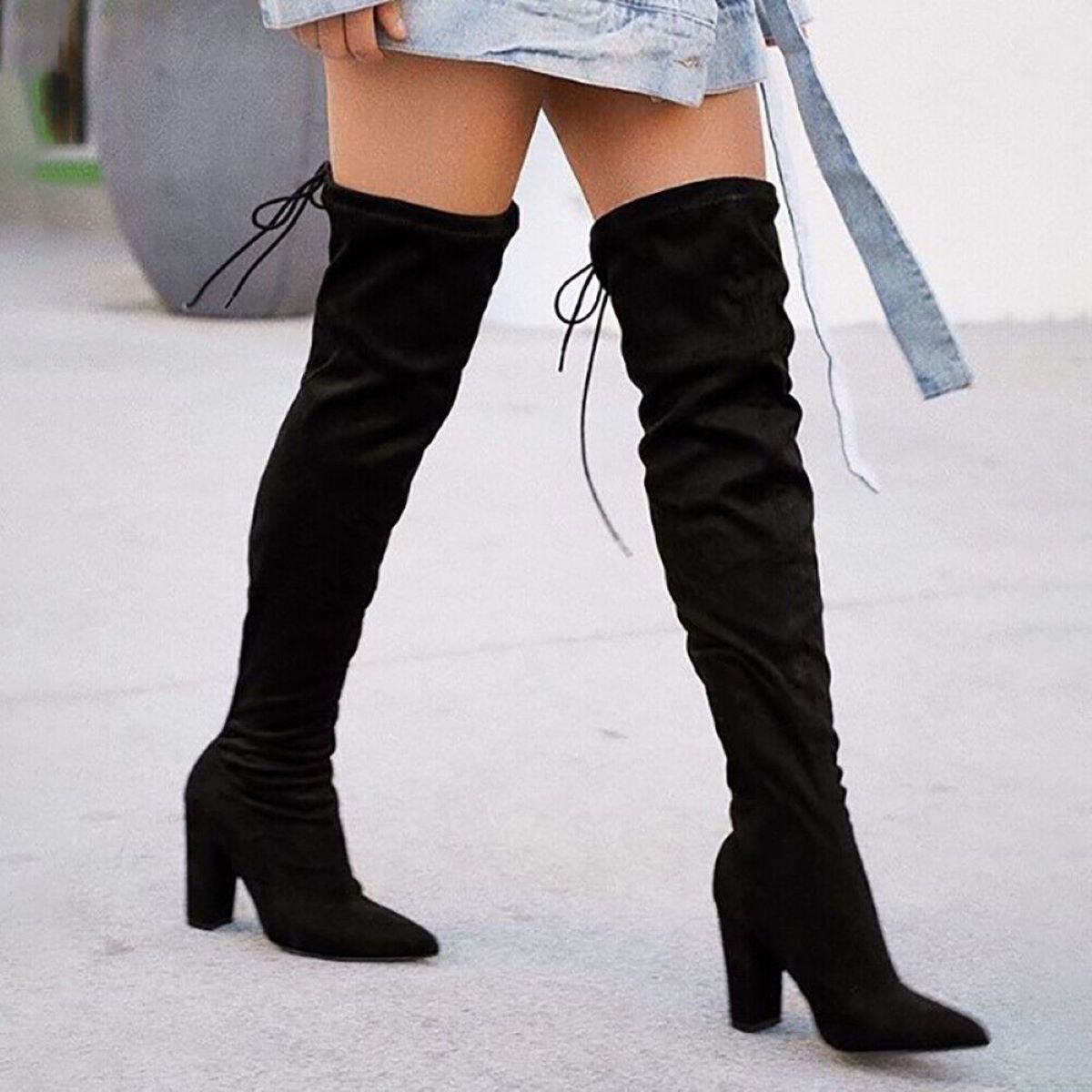
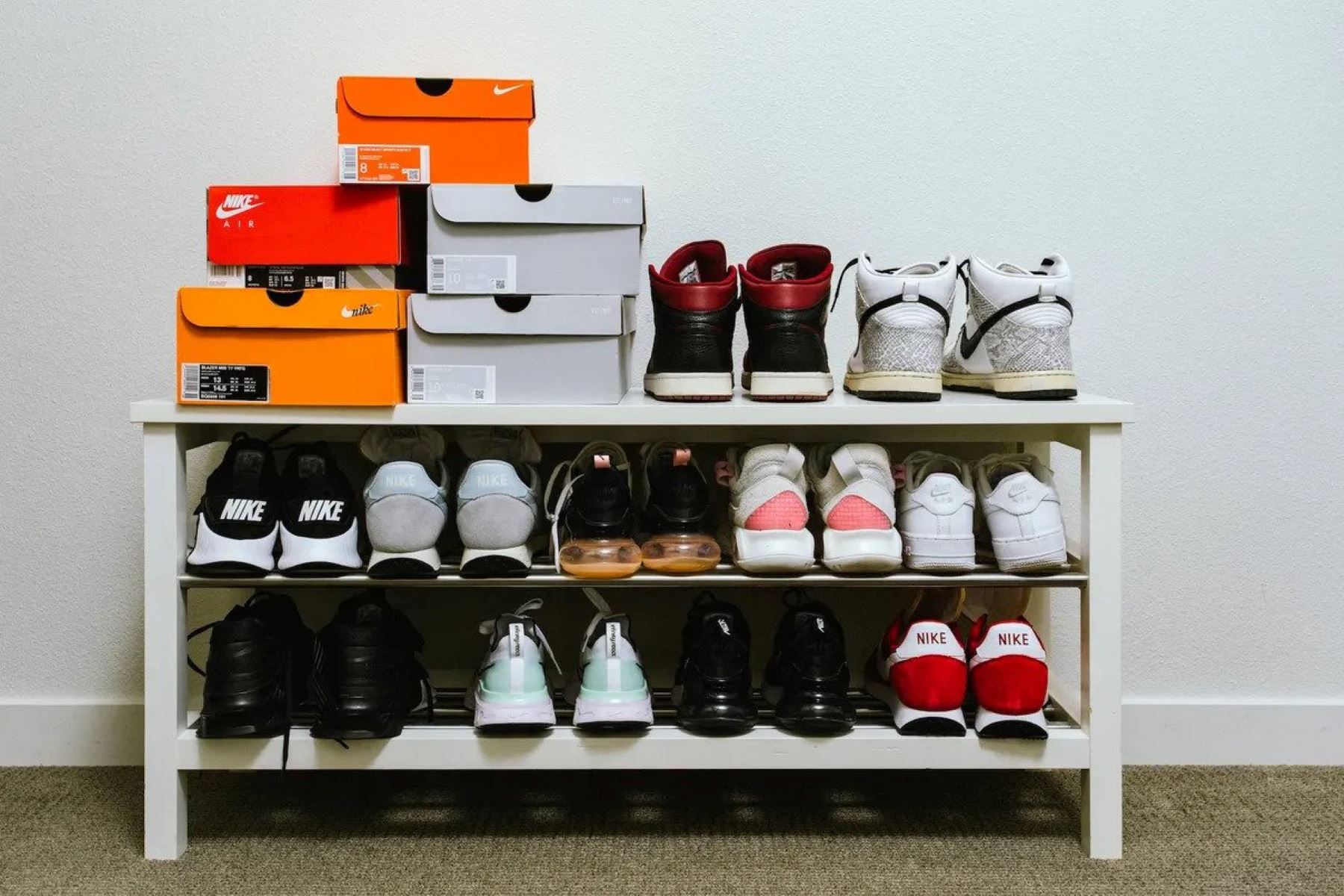
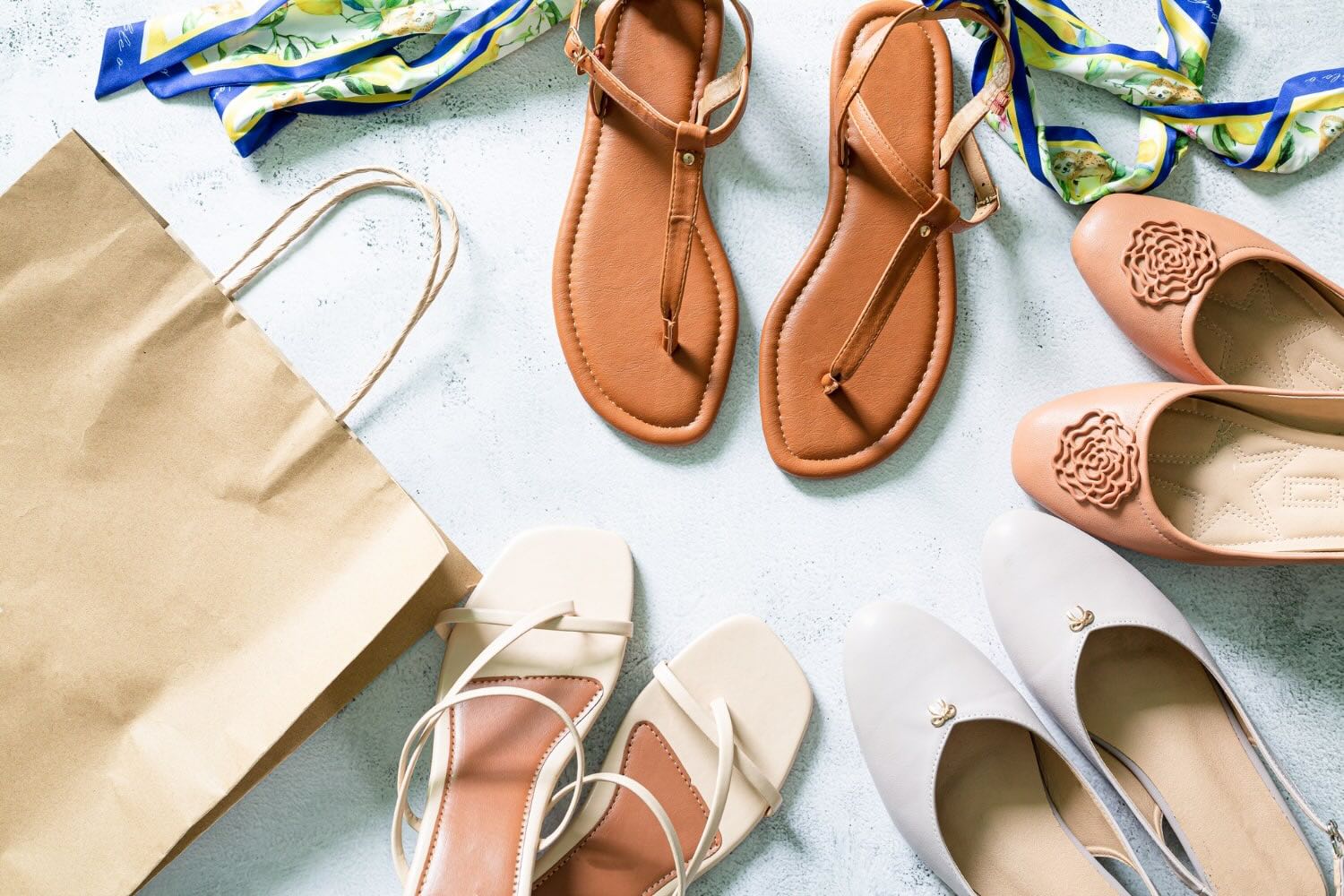
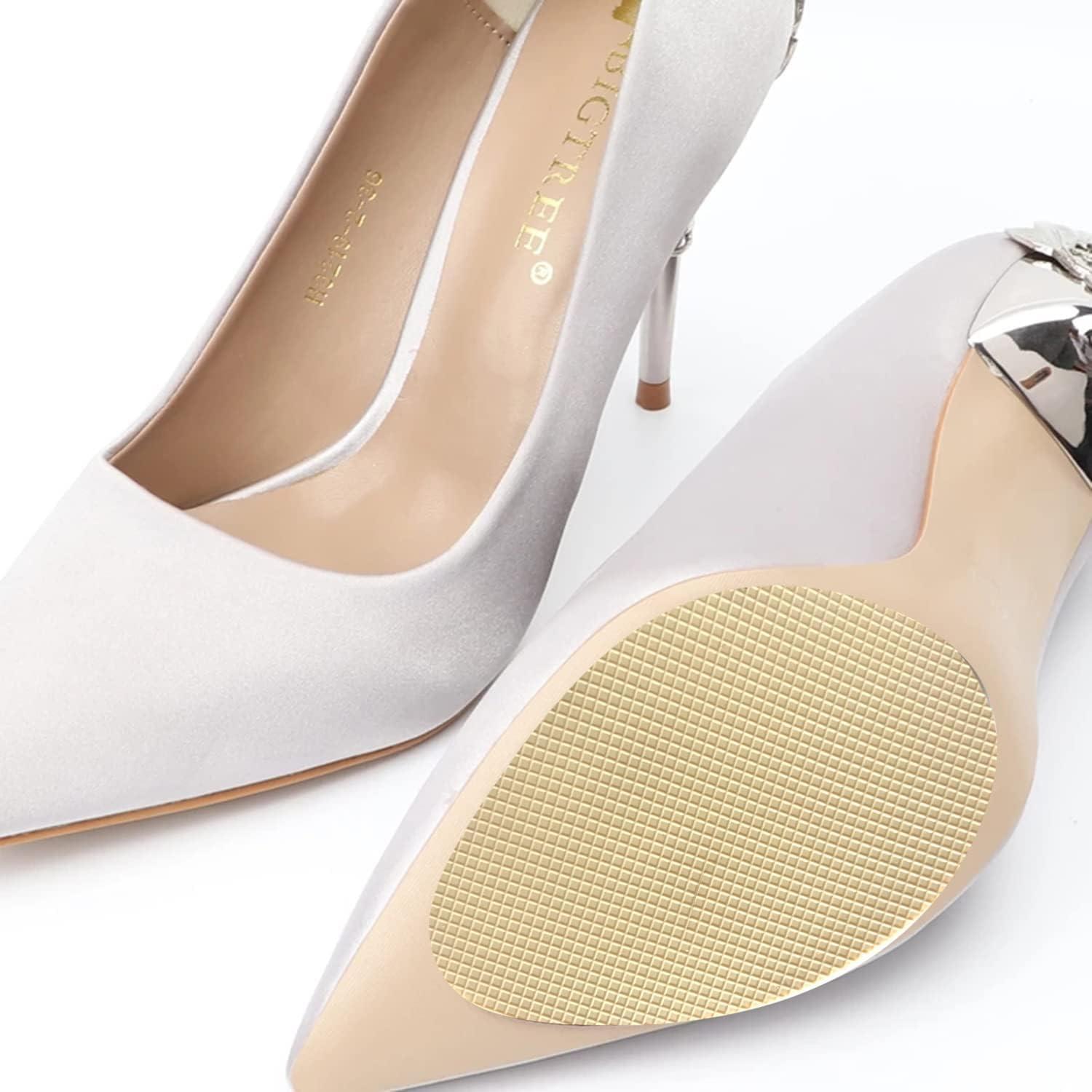
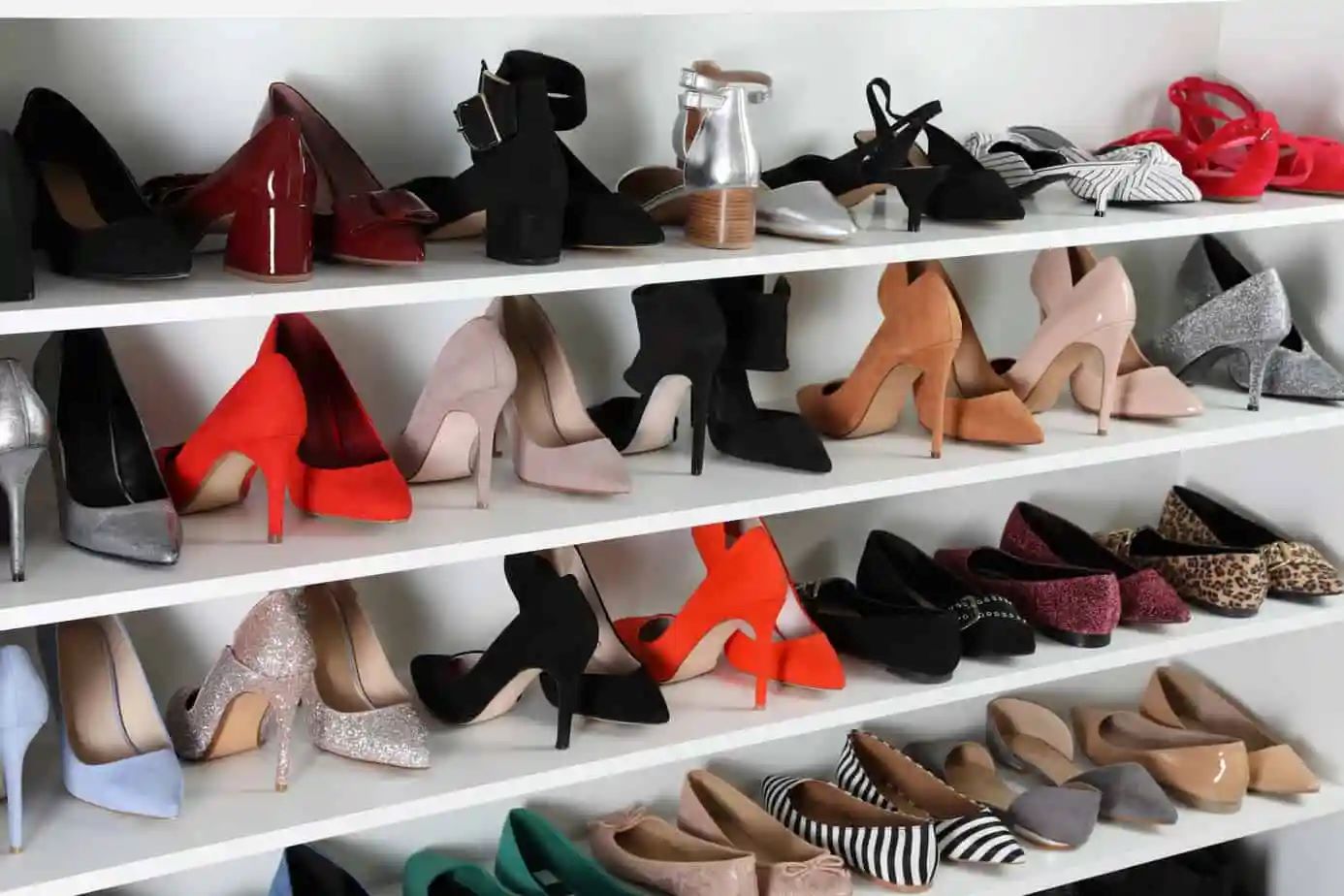
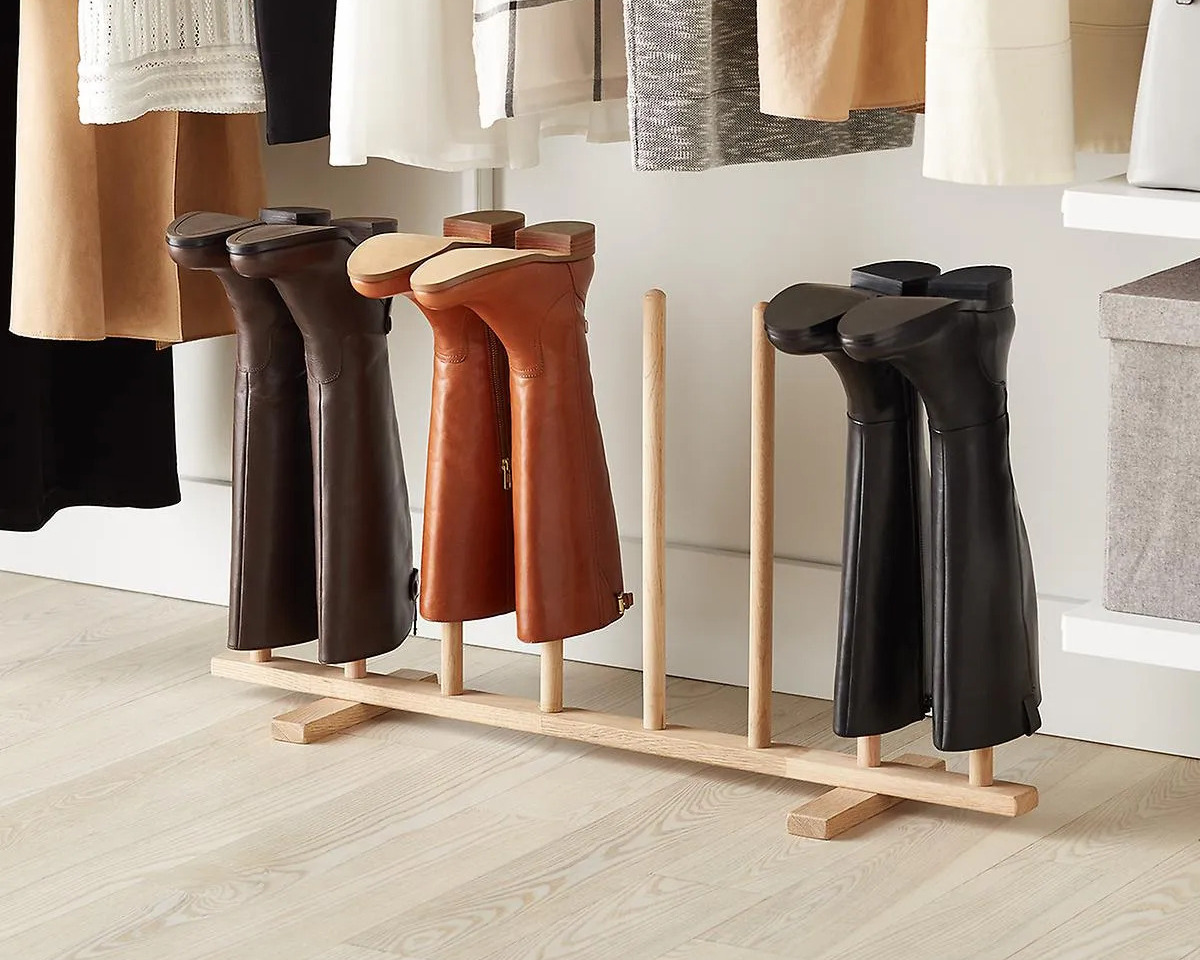
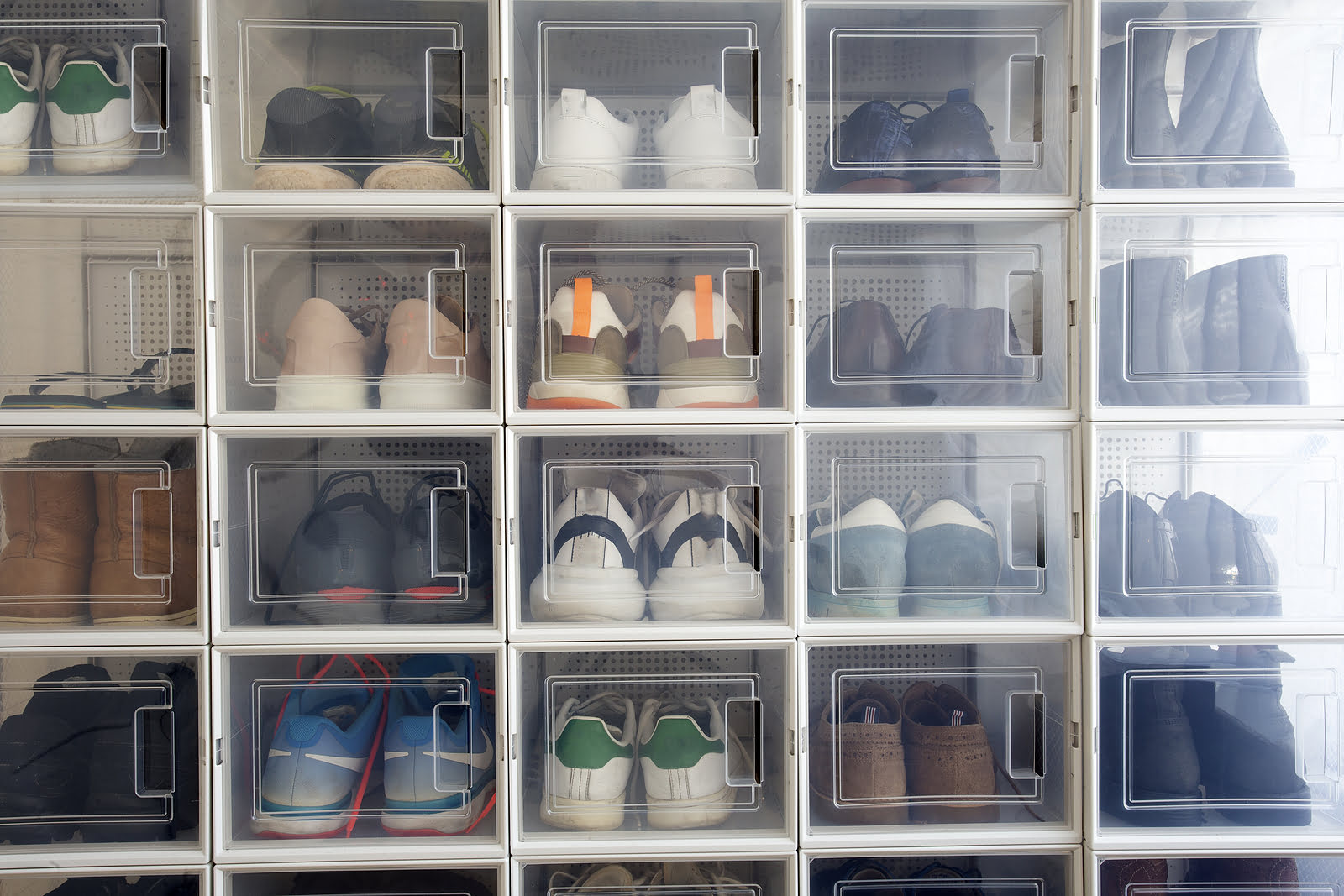
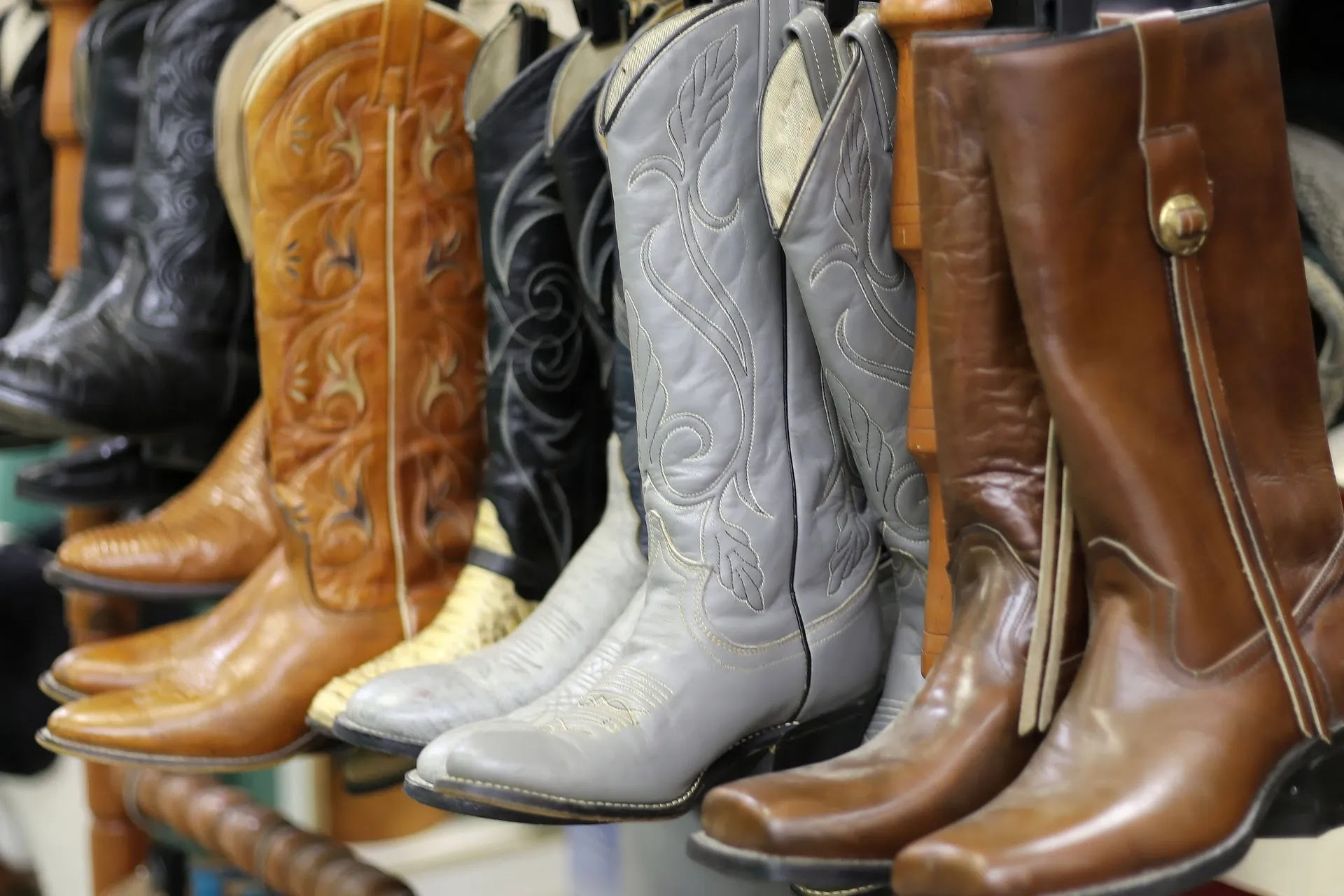
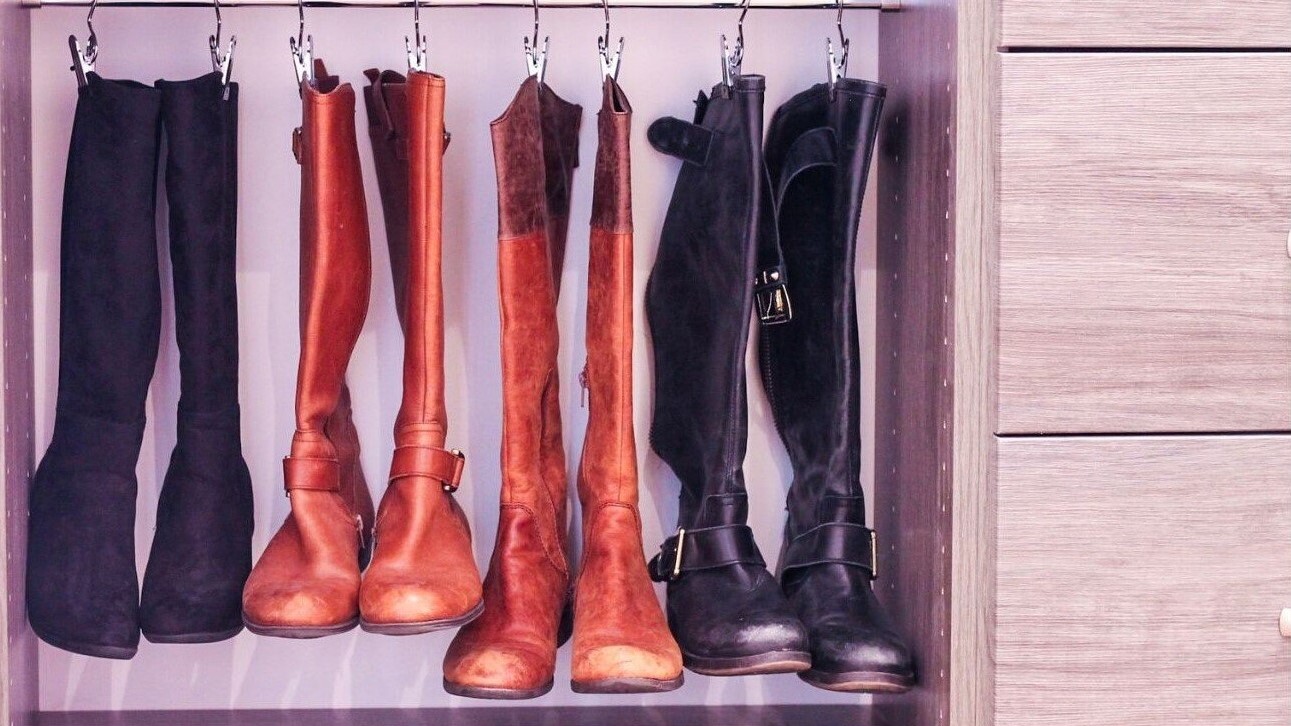
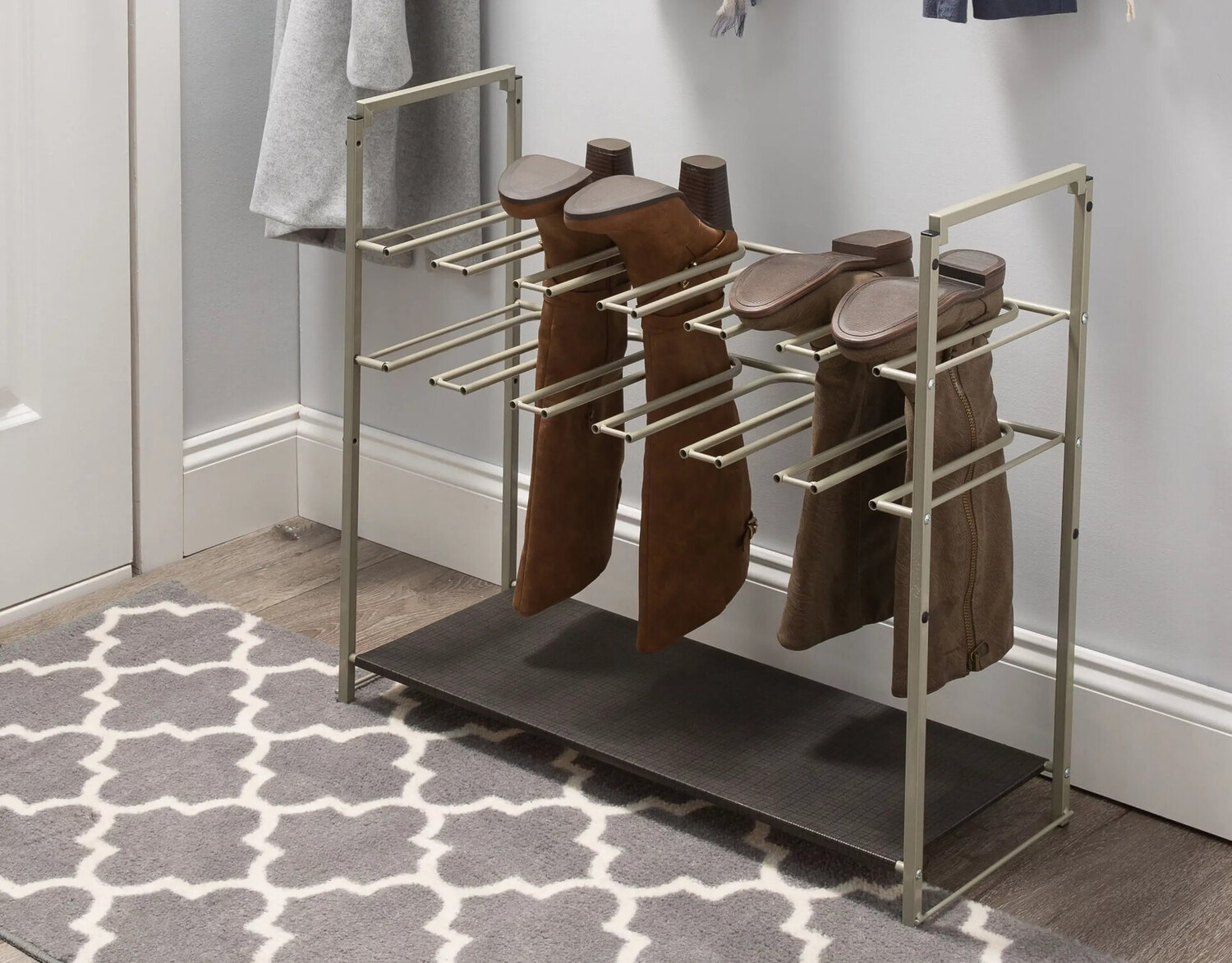
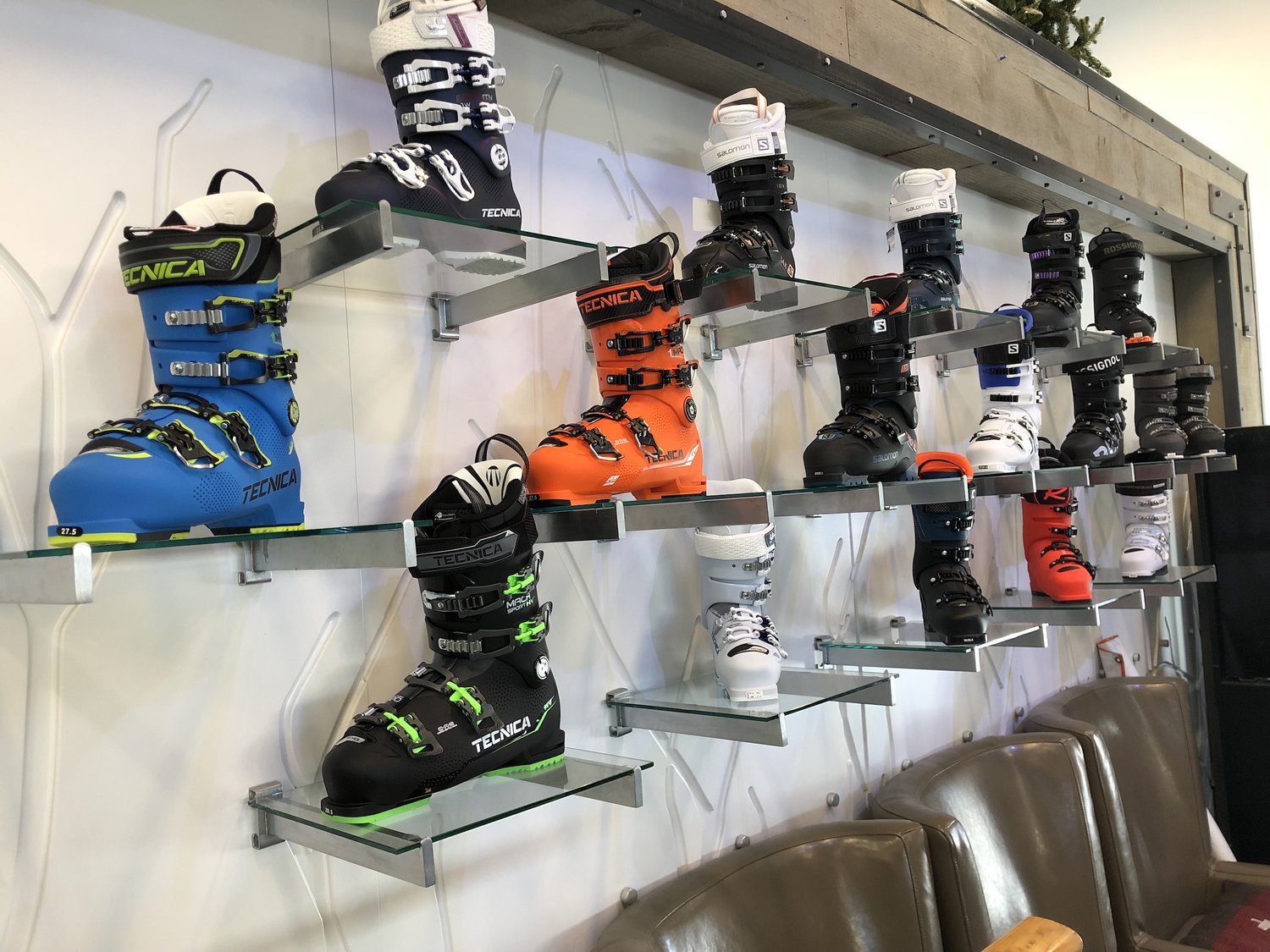
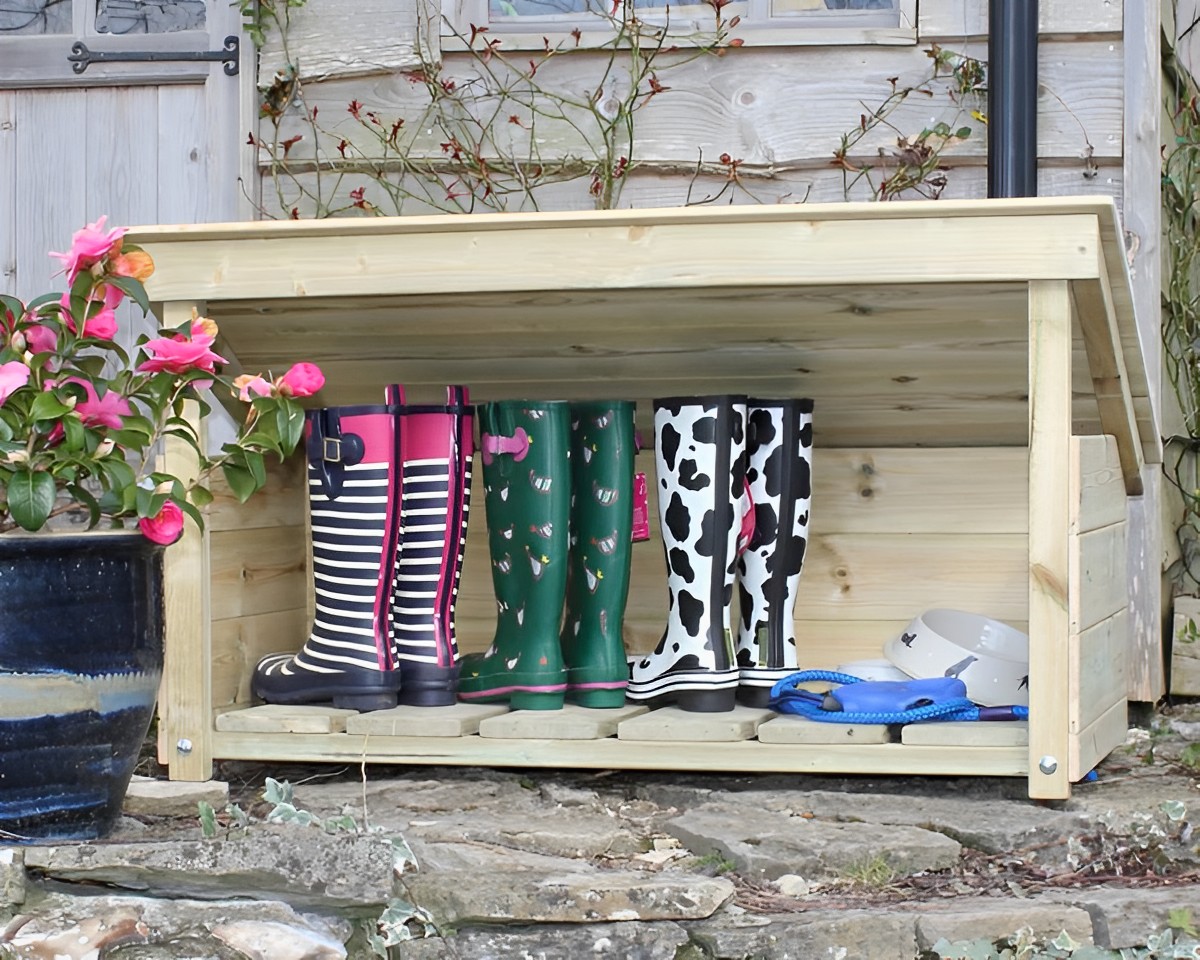
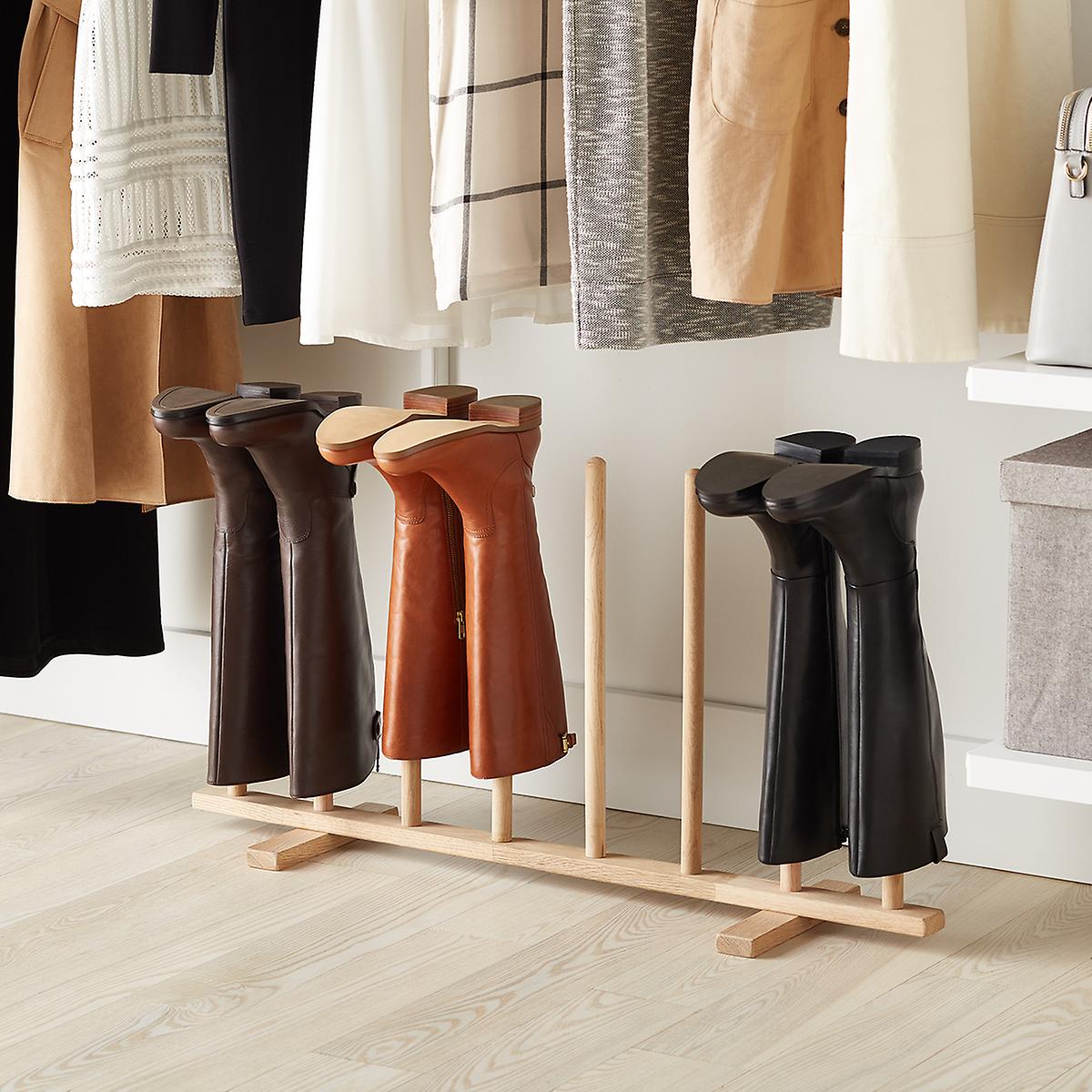

0 thoughts on “How To Store Shoes In Humid Climate”